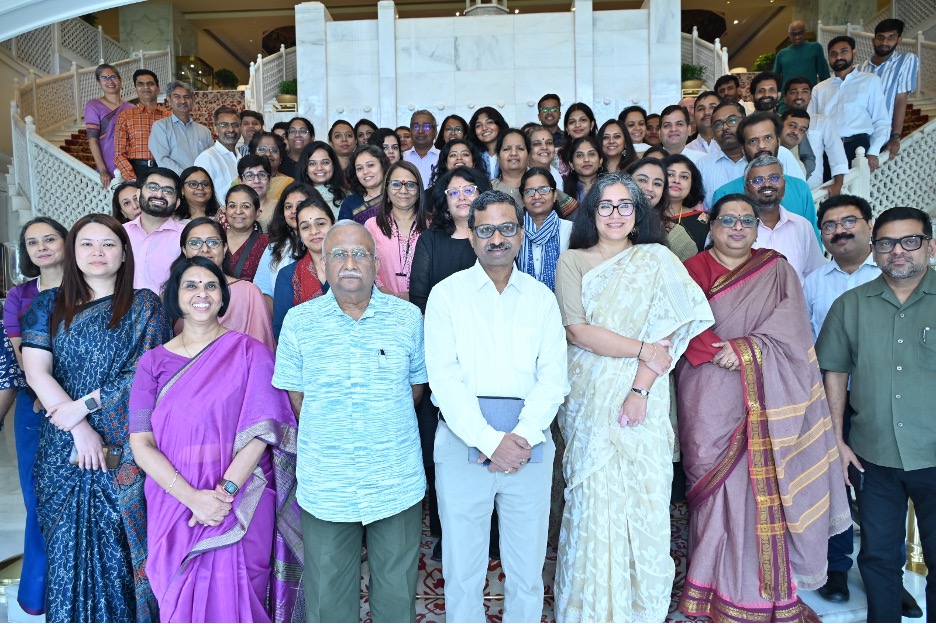Randomized trials are changing the way governments and aid organizations study — and deliver — measures to reduce inequality and poverty.
By Jeff Tollefson
This article originally appeared in Nature on June 22, 2022. Read it here.
In 2012, the government of Niger began giving some of its poorest citizens free money. Over the next few years, around 100,000 participating households received 24 monthly payments of roughly US$16 — which more than doubled their typical spending power.
The programme was based on decades of evidence from carefully controlled trials, suggesting that simple cash infusions can transform lives. And Niger is not alone: cash transfers have become a popular tool as governments try to alleviate poverty.
Several years in, the effort in Niger would also serve as a crucial testing ground for a new generation of expanded assistance programmes that offer people various types of personal, social and economic support in addition to hard cash. In a report issued last year1, the World Bank identified more than 200 such programmes in 75 countries, which collectively reach nearly 92 million people.
But that’s just a fraction of the number of people living in extreme poverty. More than 650 million people across the globe get by on less than US$1.90 per day, with severe impacts on public health and social and political stability in many areas. Many countries have also witnessed deepening inequality, a trend that has only increased since the COVID-19 pandemic began.
As in Niger, many of the latest anti-poverty programmes are grounded in science. Starting in the 1990s, researchers began to run randomized controlled trials — assigning participants to either receive an intervention or not — to test the effectiveness of various forms of help, ranging from subsidies for textbooks to direct distribution of money. Now, governments and aid organizations are starting to scale up the most promising strategies. They are also asking new questions about how to tackle inequality — and how to make sure programmes benefit those who need them most.





